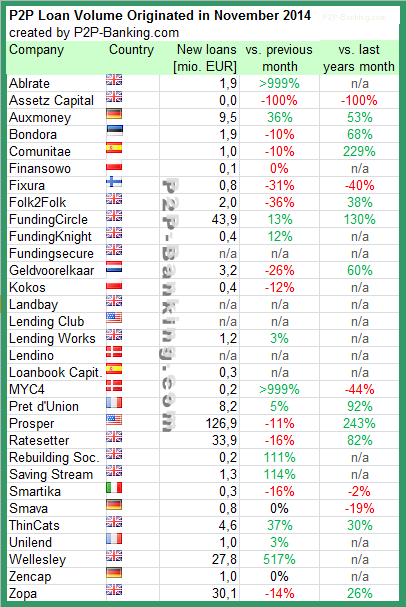This is a guest post by Pärtel Tomberg, CEO of Bondora.
This month we started the roll-out of Bondora Ratings, a loan application rating system based on the proprietary credit scoring model, with the aim to bring better predictability and consistency of the returns for investors active on Bondora platform.
Our initial aim for developing a credit scoring model was to bring the best banking practices to peer lending. Banks might have failed at providing people with affordable credits, but they have done a few things right, such as developing strong credit scoring models, that have helped them generate premium returns for their investors. With Bondora Ratings we are bringing credit scoring model to individual investors so they could maximize their returns in the same way banks do.
 Being a platform that facilitates the exchange between lenders and borrowers, we believe it is our responsibility to bring the best practices, such as credit scoring, to peer lending; thus, making it an effective, efficient and mutually beneficial process for both parties. Eventually, Bondora Ratings will allow credible borrowers get a better rate for a loan, while investors will receive a predictable return level.
Being a platform that facilitates the exchange between lenders and borrowers, we believe it is our responsibility to bring the best practices, such as credit scoring, to peer lending; thus, making it an effective, efficient and mutually beneficial process for both parties. Eventually, Bondora Ratings will allow credible borrowers get a better rate for a loan, while investors will receive a predictable return level.
On top of bringing banking practices to peer lending, we saw a need for a simple, transparent and unified way to represent the risks and potential returns associated with a particular loan. Until recently, our investors used their own sophisticated models to evaluate the risks and plan their investments at Bondora. We have supported the initiative by offering a wide range of filters and providing extensive data export sets, and we will continue to support those investors in the future by providing a Trading API.
However, as the platform grows, we see an increasing inflow of investors that do not have a need or desire to engage into extensive number crunching. The historic performance of peer lending platforms, and Bondora in particular, indicates that peer lending provides premium returns compared to other assets classes and investors want a simple and easy way to earn those premium returns. Continue reading


